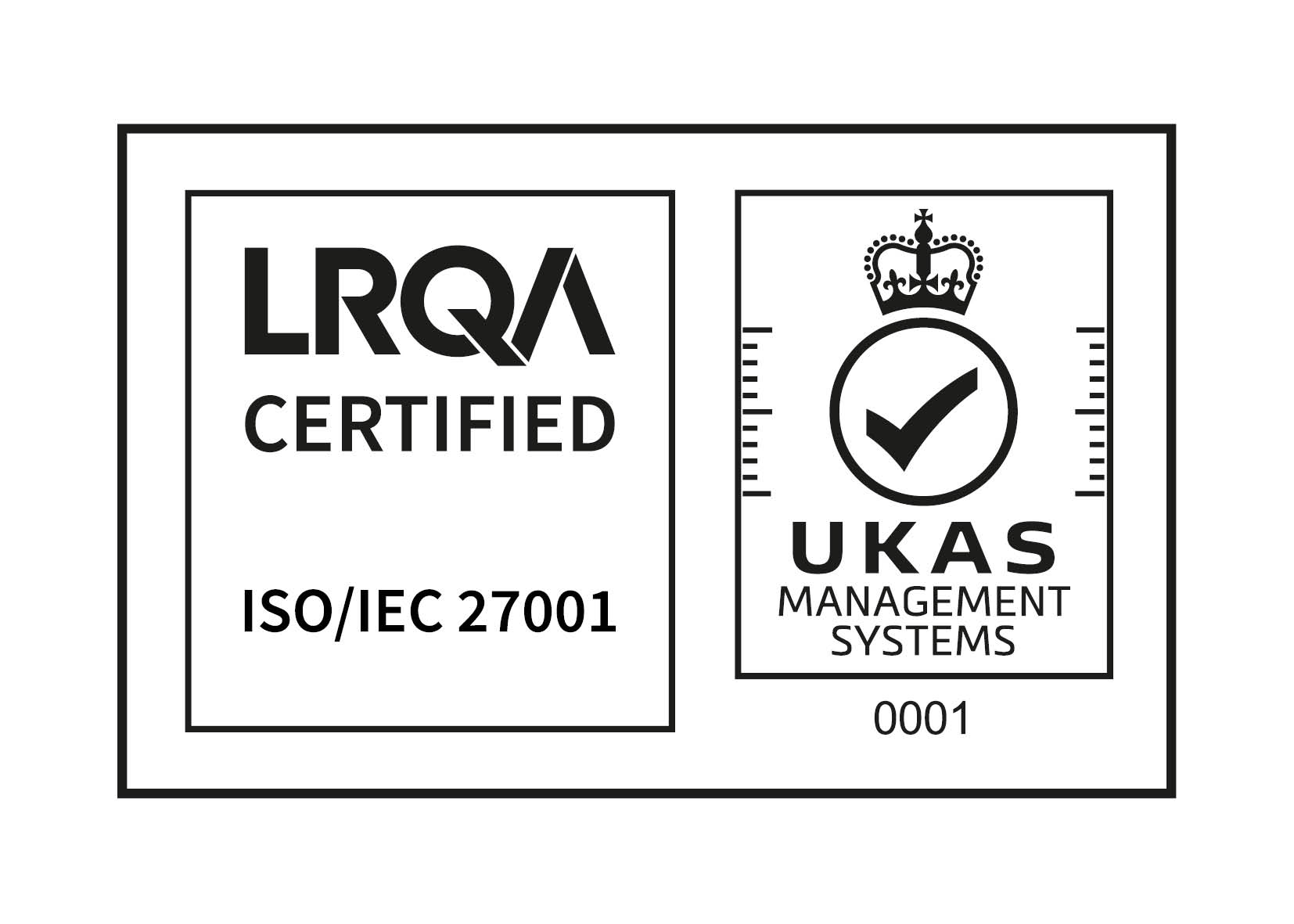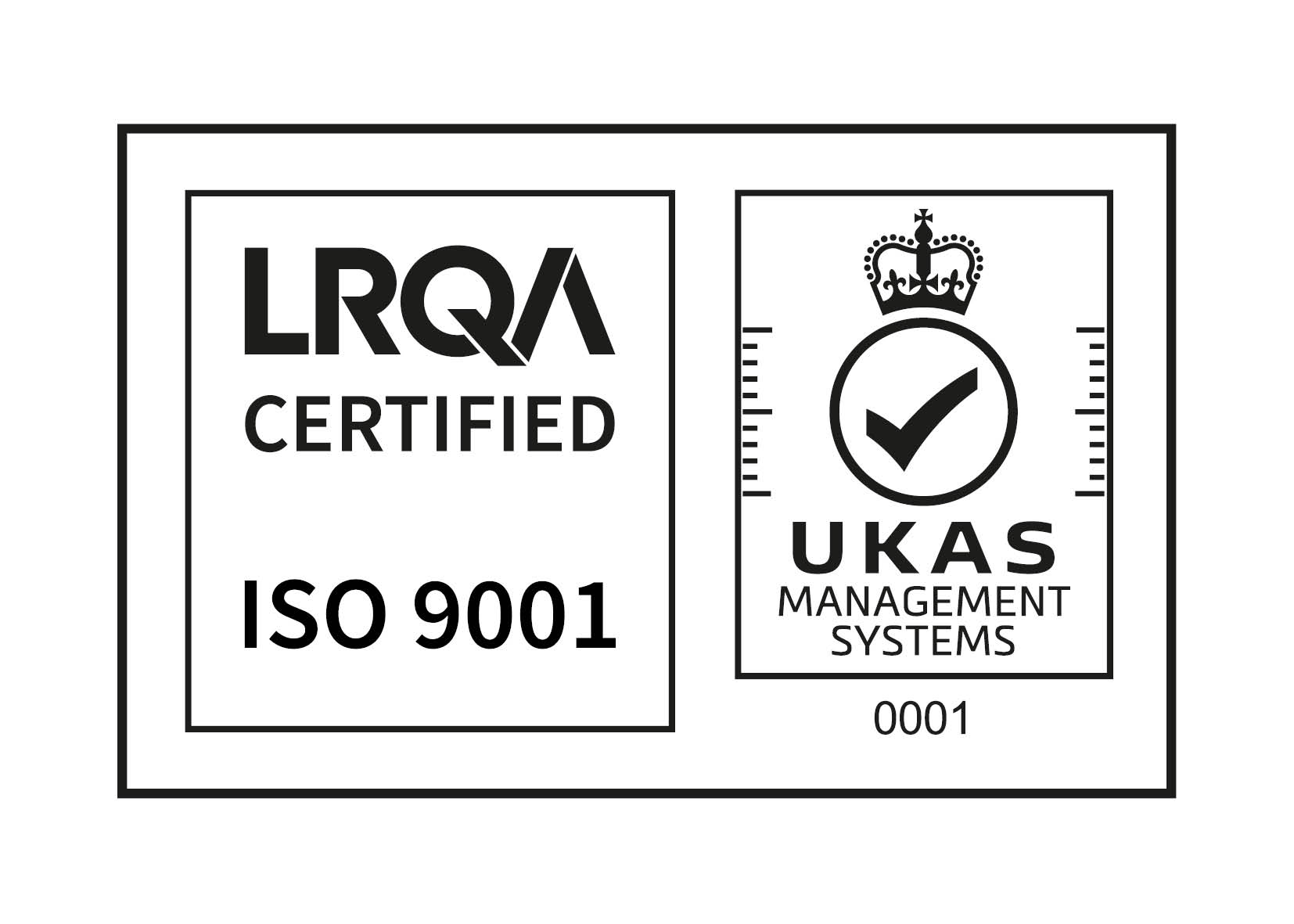Share this
How Continuous Improvement Enhances HR Case Management
by Emma Laxton on October 20, 2025

To any HR manager, the phrase ‘continuous improvement’ may sound like an aspiration which almost goes without having to be stated. After all, which HR manager wouldn’t want their activities – case management in particular – to improve constantly? In business terms, however, continuous improvement (CI) has a highly specific meaning, one which was initially rooted in the manufacturing sector and a quest for efficiency across production processes. In time it has come to be adopted across the full range of business sectors as shorthand for a particular working method.
In simple terms, CI related to the delivery of a product or service involves a constant and ongoing assessment of the methods being used and the results arising from those methods, in an effort to pin down the things which might be going wrong and identify any clear opportunities for working more efficiently and effectively. In the original manufacturing sense of the phrase, CI was intended to maximise efficient delivery and minimise waste, through constant iterations of each stage of the manufacturing process.
With HR, Continuous Improvement works by creating and fostering a positive feedback loop which benefits case managers, employees, the wider business and the customers being served by that business. We’ve written previously about the benefits of taking a proactive approach to HR case management, and embedding CI across an entire HR department will ensure that a proactive approach isn’t merely something which is imposed upon existing frameworks and working patterns but is, instead, an intrinsic part of day to day operations.
An Overarching Approach
The key reason why CI, once adopted, becomes an integral part of any HR department is that it is an approach, attitude and methodology rather than a ‘solution’ designed to deal with specific issues as they arise. In terms of HR case management, CI is a way of working which takes the principles of iteration as used in manufacturing – i.e. the constant monitoring, analysis and revision of working patterns and methods – and applies them to the business of HR management.
On the face of it, the interpersonal dynamic of a large percentage of the kind of cases which HR managers find themselves dealing with – particularly more complex cases around issues such as grievances – would appear to preclude the application of processes which have their roots in the consistency and repetition of manufacturing processes. In reality, however, the application of a platform such as Workpro can impose the kind of consistency generally seen in the manufacturing sector onto the inherently more fluid and dynamic area of HR, and within that framework CI becomes more readily achievable.
Wider Goals
In addition to the hugely positive impact that CI can have on the minutiae of HR case management itself, it will bring the added benefit of increasing the alignment between the HR department of an organisation and the wider goals of that organisation. The kind of issues which HR departments deal with as a matter of course – questions of overarching importance like succession planning, skills gaps and future personnel requirements, for example – can be handled with optimum efficiency at the same time as providing a slew of data which can then be fed back into planning the strategic goals across the organisation.
In addition to providing clarity on long term aims, Continuous Improvement across HR management can enhance the ability of HR management and the wider leadership of an organisation to collaborate on the delivery of day to day business requirements. Without CI, a HR department can all too often find itself being called upon to respond to problems which have already arisen, rather than helping in the planning of wider business aims in a way which forestalls problems before they impact on a day to day basis. CI provides the kind of insight which enables HR managers to feed into business practices across the board, rather than seeing HR operating in a silo which involves case management and little else.
How HR Continuous Improvement is Delivered in HR
In simple terms, Continuous Improvement, when applied to HR management, involves streamlining and standardising the kind of interactions with employees which tend to recur through each stage of their working life with an organisation. Broken down into individual aspects of HR management these would include the following:
Long term planning – the data which pours into any HR department almost by default – and which is harvested and analysed as a matter of course when CI is in operation – can be used to identify areas in which an organisation lacks the skills needed. The same data can also feed into longer term hiring and recruitment policies. The issues which a HR department finds itself dealing with on a regular basis can often be indicative not merely of problems faced by each individual employee as and when they interact with the HR department, but also of wider concerns. For example, repeated instances of burnout, when taken as a whole, might flag up a department which is understaffed, or in which the workload is being badly managed.
Recruitment – the stages which come together to make up the recruitment process as a whole could be summarised as:
Marketing the opportunities as they arise in a way which attracts the best candidates - CI can help in this as the data used to streamline and improve HR provision can also be used to identify and eliminate the issues which might make any particular position less appealing.
Processing applications as they come in – CI across HR can help to remove bottlenecks in the processing process by identifying those steps which slow things down and eliminating any which are found to be unnecessary.
Selecting candidates – CI can feed into the selection process by using data to build a profile of an ‘ideal’ candidate, enabling management to assess possible new recruits against this wish list. The same applies to the process of interviewing candidates. In simple terms, CI means the HR department becomes a repository of data on the employees within a business, how they are helping to deliver the wider business aims and how they interact with the leadership. Leveraged properly this data could prove invaluable when it comes to selecting candidates best suited to a business and most likely to slot in at speed and with the minimum of disruption.
Onboarding – one of the most important functions of a HR department is the efficient and effective onboarding of new recruits. This is one of the areas in which the adoption of CI – and the link to the use of CI in manufacturing – becomes easier to understand, as the onboarding of a new hire can be broken down into individual steps. These steps – including processing a new employee, getting them enrolled on company systems and databases and bringing them up to speed with the wider working culture – can be analysed individually in terms of relatively simple metrics such as the time taken. By streamlining each step with the aid of feedback taken from new recruits, the onboarding process as a whole can be delivered with maximum efficiency and consistency.
Once new recruits have been successfully onboarded the role of HR shifts to the standard demands of dealing with day to day working life, in terms of things like remuneration, dealing with attendance and leave issues and handling disputes. It is in the area of case management, and in particular the management of more complex or sensitive grievances, that CI can play the biggest part in enhancing HR provision.
CI and HR Case Management
The Workpro platform guarantees two vitally important things when handling sensitive HR cases – consistency and data analytics. Consistency across sensitive HR cases is the only way of providing fairness to all employees and compliance with the laws and regulations which apply to each case, thereby minimising the chances of escalation or appeal.
In simple terms, if every sensitive case is handled in exactly the same manner, working through a process in clearly defined and delivered staging posts, then the chances of each case being dealt with fairly increase massively. With CI in place, each sensitive case will be analysed and examined as a matter of course, to ensure consistency of delivery and to take advantage of any learning that the case provides.
The very nature of HR is such that it combines a solid framework, in the form of workplace culture and the employment laws which might apply, with an individual person who is 100% unique in terms of their responses and instincts. The firmer and more consistent the framework of rules, culture and processes is, the more ready a HR department will be to deal with the human aspects of each case. CI across HR management will mean that this framework is consistently being examined, evaluated and improved, with any issues flagged up and dealt with as they arise rather than further down the line.
Workpro and CI
Workpro HR Case Management Software, by its very nature, makes CI the default approach a HR department will take. Processes are streamlined and automated wherever possible, data is not only gathered but is analysed and turned into actionable insight and the relevant metrics are flagged up as a matter of course.
From the length of time taken to deal with cases to the issues which cause the most problems, and the departments from which those problems tend to emerge, Workpro provides the numbers needed to tweak, refine and improve processes as part of an ongoing positive cycle.
Share this
- November 2025 (1)
- October 2025 (2)
- September 2025 (1)
- August 2025 (3)
- July 2025 (2)
- May 2025 (2)
- April 2025 (3)
- February 2025 (3)
- December 2024 (1)
- November 2024 (1)
- October 2024 (1)
- June 2024 (1)
- May 2024 (2)
- April 2024 (2)
- March 2024 (1)
- February 2024 (1)
- January 2024 (1)
- December 2023 (1)
- November 2023 (2)
- October 2023 (1)
- August 2023 (2)
- July 2023 (2)
- June 2023 (2)
- May 2023 (1)
- April 2023 (3)
- February 2023 (3)
- December 2022 (2)
- October 2022 (1)
- September 2022 (3)
- August 2022 (2)
- July 2022 (2)
- June 2022 (1)
- March 2022 (2)
- February 2022 (1)
- January 2022 (1)
- December 2021 (1)
- October 2021 (1)
- June 2021 (2)
- May 2021 (1)
- February 2021 (2)
- October 2020 (1)
- September 2020 (1)
- August 2020 (1)
- July 2020 (1)
- June 2020 (3)
- April 2020 (1)
- October 2019 (2)
- September 2019 (2)
- May 2019 (1)
- March 2019 (1)
- November 2018 (1)
- July 2018 (1)
- November 2017 (1)
- September 2015 (1)








